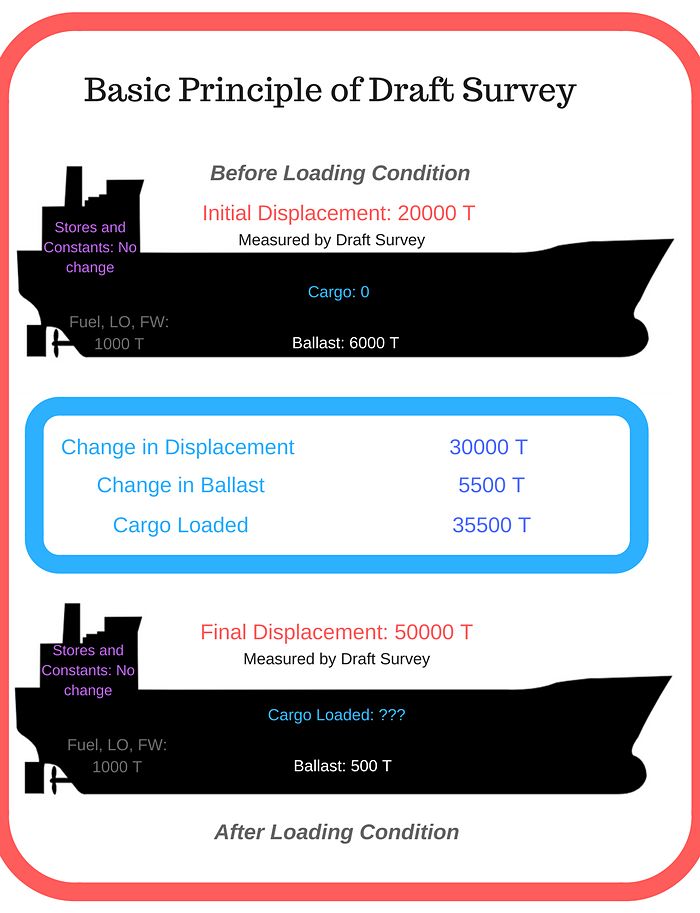Manual Calculation Of True Position Formula
Manual Calculation Of True Position. Manual J calculation and that less than 1% of the jobs are based on an. Each formula in AFL contains of one or more. Manual Calculation Of True Position Tolerance. True position can be calculated using the following formula: true position = 2 x (dx^2 + dy^2)^1/2.
I don't use 4.1 but per ANSI standard - Composite Positional Tolerance is used to locate the entire feature pattern as well as define the position and orientation of each of the features in the pattern set. The top part of the callout governs the individual holes, while the bottom part is applied to the entire pattern.

First create a true pos dimension for each of the features selecting the appropriate datum frame i.e., A,B,C, or from features created that represent 3-2-1 alignment. The second part is for the position of the features relative to each other as opposed to the datum frame. Be sure features have nominal data - necessary for best-fit alignment. Insert a 2-D best-fit alignment using features measured in pattern - make sure that 'Translate and Rotate' are selected. Dimension the position of each feature in the pattern. Be sure to un-check 'Use Datums' when creating dimension.
The dimension will report the position of the circles relative to each other via the 2-D Best Fit Alignment. Once the position is completely dimensioned be sure to recall alignment before dimensioning other features in the program. The formula for TP is 2 * square root of X deviation squared + Y deviation squared. Hope this helps JRZ.
Can you give us the exact call out? Also, please provide the EXACT call for the datums (do they have VC's Dil Tainu Karda Ae Pyar Movie Download here. ????????)!
I have done composites a lot and they seem to work for me. Be careful though with datums that have multiple VCs.
There is a bug that will be fixed in V4.2. Jan.Hi Jan, thanks for your interest. The callouts are an example of what I would like to verify. The upper callout (PLTZF) is a tolerance of 0.016 @ MMC Datum Ref.
A-B-C and the lower callout (FRTZF) tolerance of 0.006 @MMC Datum Ref. I know how to calculate actual TP but I a not certain how to calculate the hole-to-hole over a three-hole pattern. The data below is taken from a spreadsheet that I put together in an attempt to list the specifics of this case. My apologies for the appearance of the format of the information. If you can picture this example, the information for which I am needing to know the calculations is last column on the second you of data, the hole-to-hole actual TP. If more info is needed, please let me know.
Again, thanks for your help. Hole No.Hole @ MMCHole Actual SizePattern Tol Allowed 10.3100.3110.017 20.3100.3120.018 30.3100.3150.021 Actual T.P.Hole-To-Hole TolHole-To-Hole Actual T.P. 0.0080.0070.007 0.0170.0080.008 0.0210.0110.011 Distance To Datum BActual Distance To Datum B 1.0001.004 2.0002.006 3.0003.010 Distance To Datum CActual Distance To Datum C 1.0001.000 7.0007.006 1.0000.999 BTW, what are VC's? OK, here's my attempt at an explanation; probably not very scientific, but here we go. I am going to presume that A is a plane and B and C are 2 holes (features of size).
In your call-out it appears as if none of the datums are evlauated with a virtual condition. That makes it a lot easier. The way I do this is that I treat both of them independently.
I evaluate the feature to ABC and then I evaluate one more time to A and B. Again, V4.1 makes this a super simple breeze. Now the way you ought to envision that, in my mind, is a hard gauge. ABC set up a hard gauge.
Envision a flat plate with 2 pins coming out where B and C are (size at RFS; or an expanding pin in other words; this sets up 1 unique orientation for you hard gauge, based on the actual measured datums). The pattern holes are at MMC where the holes are supposed to be based on the basic dimensions. After having the hard gauge engage the datums on the part, you try to stick in the pins (size at hole MMC). If they slide freely though, you are OK. If they do not, you fail the TP test. Now depending on the geometrical lay-out, the ultimate TP band around one hole might be different from one hole to the other.
Envision B and C on one side of the part, while you holes are on the other. If B and C set up an angular error, the positional error becomes bigger as you move away from your datum structure.
So the hole furthest away from the datum frame would have the closest requirements. Only if B was at the center if your pattern, would the TP on all 3 holes be the same. Again, I tried this with V4.1, and it does calculate different numbers for every single hole in the pattern.